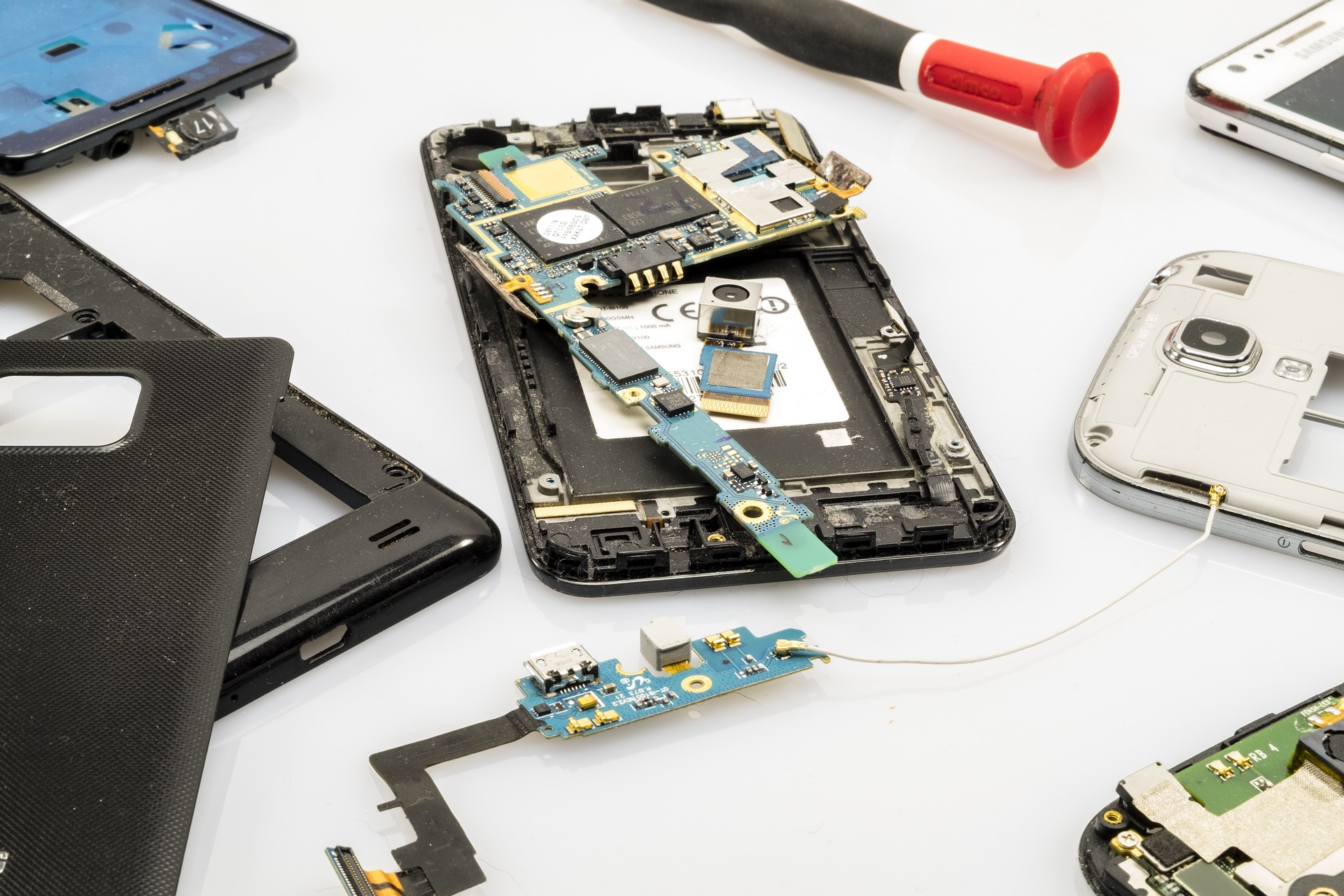When to Seek Professional Diagnostics for Unresponsive Touchscreens
An unresponsive touchscreen can interrupt daily routines and make a device effectively unusable. Before assuming a full replacement is required, it helps to understand the likely causes and reasonable troubleshooting steps. This article explains common failure modes, what professional diagnostics involve, and when it’s appropriate to take your phone to a repair service.
What diagnostics reveal about touchscreens?
Professional diagnostics begin by separating software issues from hardware faults. Technicians use tools and software to run touch-sensor tests, check for ghost touches, and examine the display controller. Diagnostics can identify whether a problem originates in the digitizer (the layer that senses touch), the display panel, a loose connector, or software calibration. A clear diagnostic report helps you avoid unnecessary parts replacement and points to the next appropriate step, whether it’s a targeted repair or a deeper hardware intervention.
Could battery or firmware affect touch response?
Battery health and firmware both influence touchscreen behavior. Low or failing batteries can make devices sluggish or cause the touchscreen controller to behave erratically. Firmware bugs or outdated operating system builds can also interfere with touch input, especially after updates or when apps conflict with system services. A technician will typically check battery voltage and run firmware diagnostics or reflash device software to confirm whether the issue is software-related before recommending hardware work.
When is screen replacement necessary?
Screen replacement is appropriate when diagnostics confirm physical damage to the display layers or digitizer, or when the controller chip on the screen assembly has failed. Cracks, visible delamination, or large areas that don’t register touch are common indicators that replacement is needed. A replacement involves sourcing compatible parts, ensuring proper installation to avoid pressure points, and testing after reassembly. When multiple components are damaged—such as both the glass and internal display layers—replacement is often the most reliable solution.
How does moisture or physical damage factor in?
Moisture and impact are frequent causes of touchscreen failure. Water intrusion can corrode connectors and short sensor circuits, leading to intermittent or complete loss of touch response. Physical shocks may displace flex cables or damage internal layers even when the glass appears intact. Professional diagnostics include moisture detection and inspection under magnification, and they may reveal corrosion or bent pins that DIY fixes miss. Proper drying and corrosion treatment early can sometimes save a device, but prolonged exposure often requires component replacement.
What role do warranty and parts play?
Warranty status strongly affects your options. If a device is under manufacturer warranty and the fault is covered, authorized service centers can perform diagnostics and repairs with approved parts. Out-of-warranty devices usually require third-party parts and labor, and parts quality varies: original equipment manufacturer (OEM) parts generally match factory performance, while aftermarket parts can differ in durability and touch sensitivity. Technicians should document which parts are used and whether repairs affect remaining warranty or return policies.
Can DIY repairs support sustainability and maintenance?
Simple troubleshooting steps—restarting the device, updating firmware, booting in safe mode, or checking for loose screen connectors—are reasonable DIY actions that may resolve some problems and delay replacement. However, opening a device risks damaging delicate parts, voiding warranties, and producing electronic waste if done incorrectly. Professional diagnostics can reduce unnecessary parts replacement by accurately pinpointing faults, which supports sustainability by extending device life when feasible. For users who choose DIY, using the correct tools and replacement parts and following reputable guides minimizes risk.
Conclusion Knowing when to seek professional diagnostics can save time, money, and environmental impact by ensuring the real cause of an unresponsive touchscreen is identified before parts are replaced. Technicians can evaluate software, battery, firmware, moisture exposure, and physical damage to recommend the most appropriate course—repair, replacement, or software restoration—while documenting warranty and parts considerations to inform your decision.







